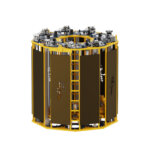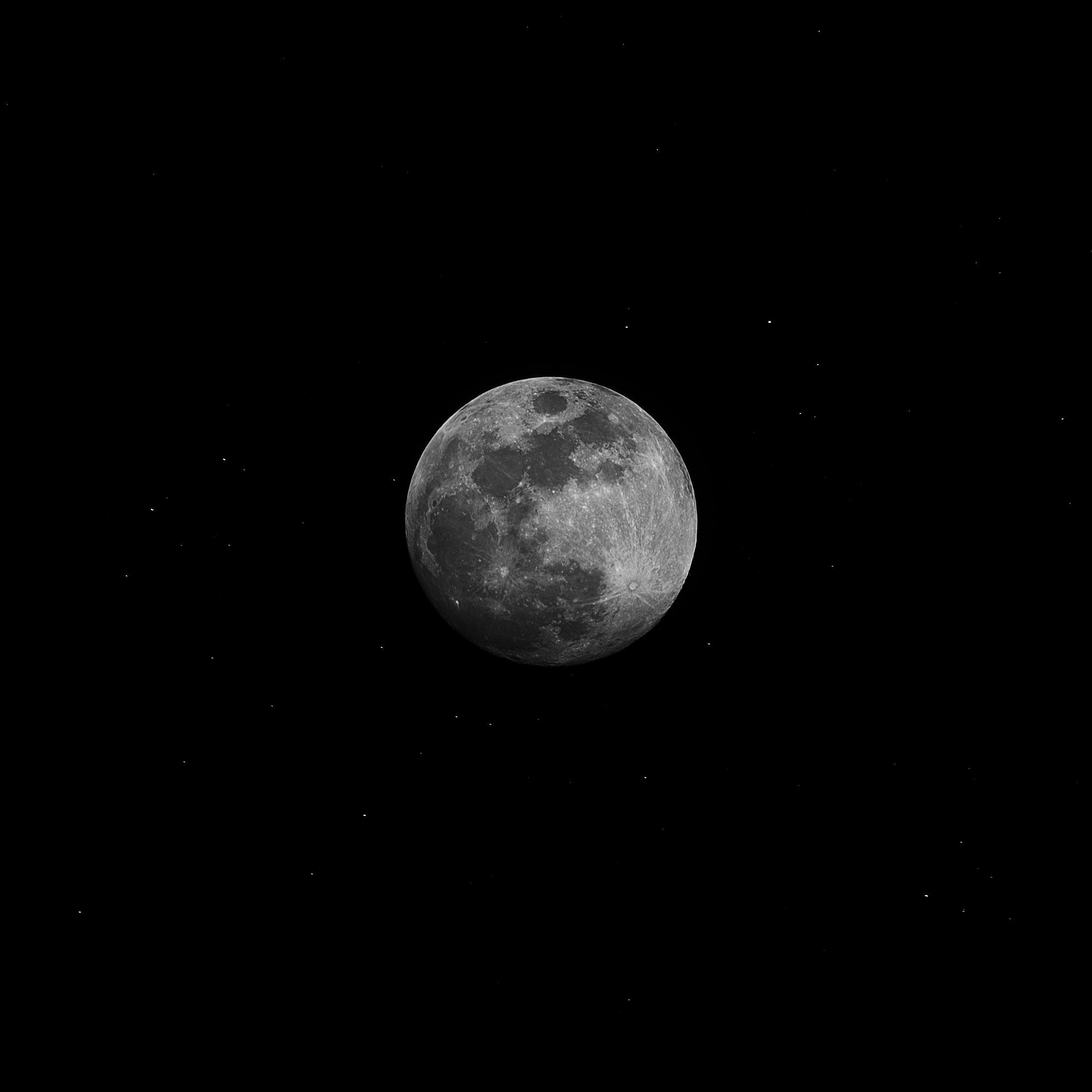High-frequency monitoring of floating PV
Researchers in Brazil have installed a vertical thermistor chain with six temperature loggers beneath a floating PV plant and at a nearby reference site. The system also recorded dissolved oxygen and photosynthetically active radiation to assess environmental impacts.

Researchers in Brazil have installed a vertical thermistor chain with six temperature loggers beneath a floating PV plant and at a nearby reference site. The system also recorded dissolved oxygen and photosynthetically active radiation to assess environmental impacts.
Research led by scientists from Brazil’s Federal University of Paraná (UFPR) conducted a field assessment of temperature variations, dissolved oxygen (DO), and photosynthetically active radiation (PAR) in a floating PV system. They used a vertical thermistor chain of six temperature loggers installed beneath the floating solar installation.
“Our study is the first to do long-term measurements with high-frequency sensors,” researcher Tobias Bleninger told pv magazine. “In addition, it covers more information over the water column, while other studies only measured at the surface. It also includes measurements of air temperature between the panels and the water surface, indicating a strong heating effect due to elevated panel temperatures.”
The team recorded data from October 2022 to February 2024, with one-minute intervals. The floating PV plant was installed on a drinking water reservoir in southern Brazil. The system covered about 0.02% of the reservoir’s surface and consisted of 396 polycrystalline silicon panels, each with a capacity of 330 W, arranged in 22 strings of 18 modules.
“The climate is characterized by temperate conditions with no dry season and a warm summer,” the researchers said. “The mean temperature varies from 5.8 C to 33.8 C. Annual precipitation in the region ranges between 1,400 mm and 1,600 mm. The area is dominated by diurnal south-easterly winds, with an average of 1.52 m/s. Wind events exceeding 2.00 m/s are rare and typically occur due to isolated weather events.”
Thermistors were deployed at depths of 0.25 m, 0.75 m, 1.50 m, and 2.00 m, while DO and PAR sensors were installed at 0.5 m and 6 m. A reference station (LR) was positioned in open water, with temperature loggers at 0.25 m, 0.75 m, 1.50 m, and 2.00 m, and DO and PAR sensors at 0.5 m and 9 m. A weather station on shore, 40 m from the floating PV array, measured relative humidity, air temperature, shortwave radiation, wind direction, and wind speed.
“Our results show a shift in heating and cooling periods, as opposed to the binary findings from previous literature, where either heating or cooling of the surface water temperature is reported,” said Bleninger. “The panels indeed block radiation (thus heating) in early morning periods, thus heating the water more slowly, compared to a reference point. However, during the day, when the panel temperatures become high, the heating of the water surface due to convection becomes the dominant factor. During the late afternoon, cooling takes longer compared to the reference station. This shift has never been reported so far, and strongly depends on the configuration of the panel installations and floater types.”
Bleninger added that DO measurements showed a reduction in wind shear reduced oxygen concentrations beneath the panels. He said PAR was significantly higher at the LR station than at the PV site, with the reduction in PAR under the floating PV measured at 94.7%.
“Even though the temperature differences comprise the uncertainty range of the sensors, some consistent trends were observed: at 0.25 m, a higher temperature trend at the PV station, being about 6% higher than at the LR station; the PSD also showed a higher energy, although small, about the water temperature at the PV point,” the results showed. “At 0.50 m, the temperature pattern was similar to that at 0.25 m depth, with reduced effects. For greater depths, the water temperature was consistently higher at the LR station, increasing with depth. This effect suggests the shading effect of the FPV, which reduces the entry of solar radiation into the water column.”
The findings were published in “High frequency monitoring for impact assessment of temperature, oxygen and radiation in floating photovoltaic system” in Scientific Reports. The study was conducted by researchers from UFPR and Paraná State Water and Sanitation Company (SANEPAR).
Image: Federal University of Paraná-UFPR, Scientific Reports, CC BY 4.0

What's Your Reaction?


























































